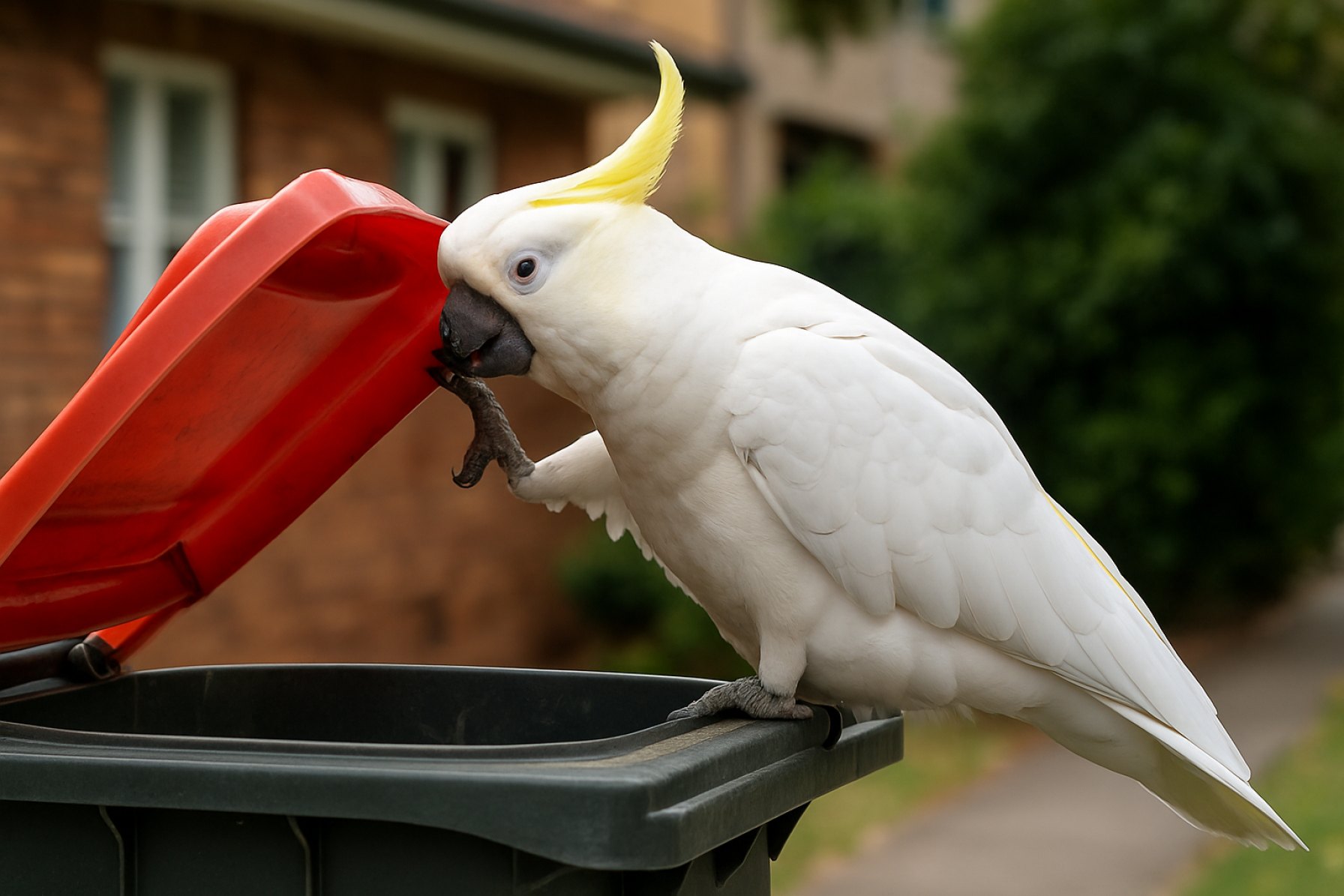Urban Cockatoos Take Over Sydney’s Parks by Mastering Public Drinking Fountains—Researchers Stunned by Feathered Innovators
Sydney’s ingenious cockatoos make headlines for learning to use public drinking fountains, wowing scientists and locals in equal measure.
- 41% — Success rate cockatoos have turning public water fountains
- 100s — Number of cockatoos in local urban flocks observed participating
- First-Ever — Wild parrots globally seen using this behavior
Sydney’s sulfur-crested cockatoos have once again shocked experts and delighted residents by taking urban adaptation to the next level—mastering the complex mechanics of public drinking fountains in city parks. New research from a global team of scientists, including the Max Planck Institute and Western Sydney University, reveals these birds aren’t just clever—they’re revolutionizing our understanding of animal innovation.
Move over, bin-raiders: these bold, highly social parrots are using their beaks, feet, and even teamwork to twist open drinking fountain handles, unleashing cool streams of water for a well-earned sip—much to the amazement of passersby. The full study appeared in Biology Letters.
How Do Cockatoos Turn On Park Drinking Fountains?
Wildlife cameras caught every sneaky move. The birds typically approach in the early morning or late afternoon—times when urban humans might expect little feathered action at public amenities.
Here’s what researchers observed:
– The cockatoo perches on the fountain with one foot gripping the twist-handle or valve.
– Its other foot secures the rubber spout or the bubbler itself.
– Using coordinated movements and often its right foot for leverage, the cockatoo twists the handle clockwise just enough to release water—without letting it snap back.
– It then dips its head and drinks, pausing to survey the scene in case another bird is waiting its turn.
Scientists explained that this innovative behavior is spreading quickly among the local flocks, thanks to social learning. Unlike bin-opening, this clever hack is embraced equally by both male and female cockatoos.
Why Are Cockatoos So Good at Solving Urban Puzzles?
Sulfur-crested cockatoos are celebrated for their brains. In the wild, their adaptability is legendary—they’re known for learning from one another and for their attraction to novelty. Scientists from the Australian National University and the University of Vienna highlighted:
– Cockatoos share knowledge through watching and mimicking,
– Urban challenges (like scarce water or food in summer) supercharge their inventiveness,
– Once a useful behavior appears, it can become a communal tradition in just weeks.
This behavior marks the first ever documented case worldwide of wild parrots innovating to operate human-designed drinking infrastructure.
How to Spot a Cockatoo at a Sydney Water Fountain
With flocks growing and temperatures soaring in 2025, more encounters between cockatoos and the city’s public amenities are likely. Look for action at dawn or dusk in Western Sydney’s busiest reserves and sports fields. Often, a lineup of birds waits their turn on nearby fences—proving that patience is a virtue, even in the avian world.
If you want to see animal problem-solving in action, Sydney’s city parks just became the hottest ticket in town.
Q: Are Cockatoos Bad News for Urban Environments?
While some locals worry, experts say the birds’ antics pose little risk. In fact, cockatoos serve as living reminders of why innovative urban wildlife needs both respect and clever management. This revelation shines light on the delicate balance between human spaces and wildlife adaptation.
For insight into more animal intelligence phenomena, check out the research at National Geographic or indulge in close-up wildlife action via YouTube.
How Can Parks Adapt to Intelligent Wildlife?
City planners and wildlife advocates can take simple steps:
– Monitor key hotspots with cameras,
– Design more robust fixtures (if needed) to balance accessibility,
– Embrace opportunities for education by posting signs about animal behavior,
– Engage local communities in citizen science.
Get involved—Australia’s wild cockatoos are rewriting the rules on urban living. Here’s how to spot, share, and celebrate their next genius move:
- Visit parks at dawn or dusk for live cockatoo shows.
- Document any crafty animal behavior—share with scientists or on social media.
- Report damaged park fixtures for smarter urban coexistence.
- Stay updated on urban wildlife trends for 2025 at the CSIRO and major research bodies.
Watch, share, and support these brilliant city dwellers—Sydney’s cockatoos prove the city belongs to everyone, wings and all!
